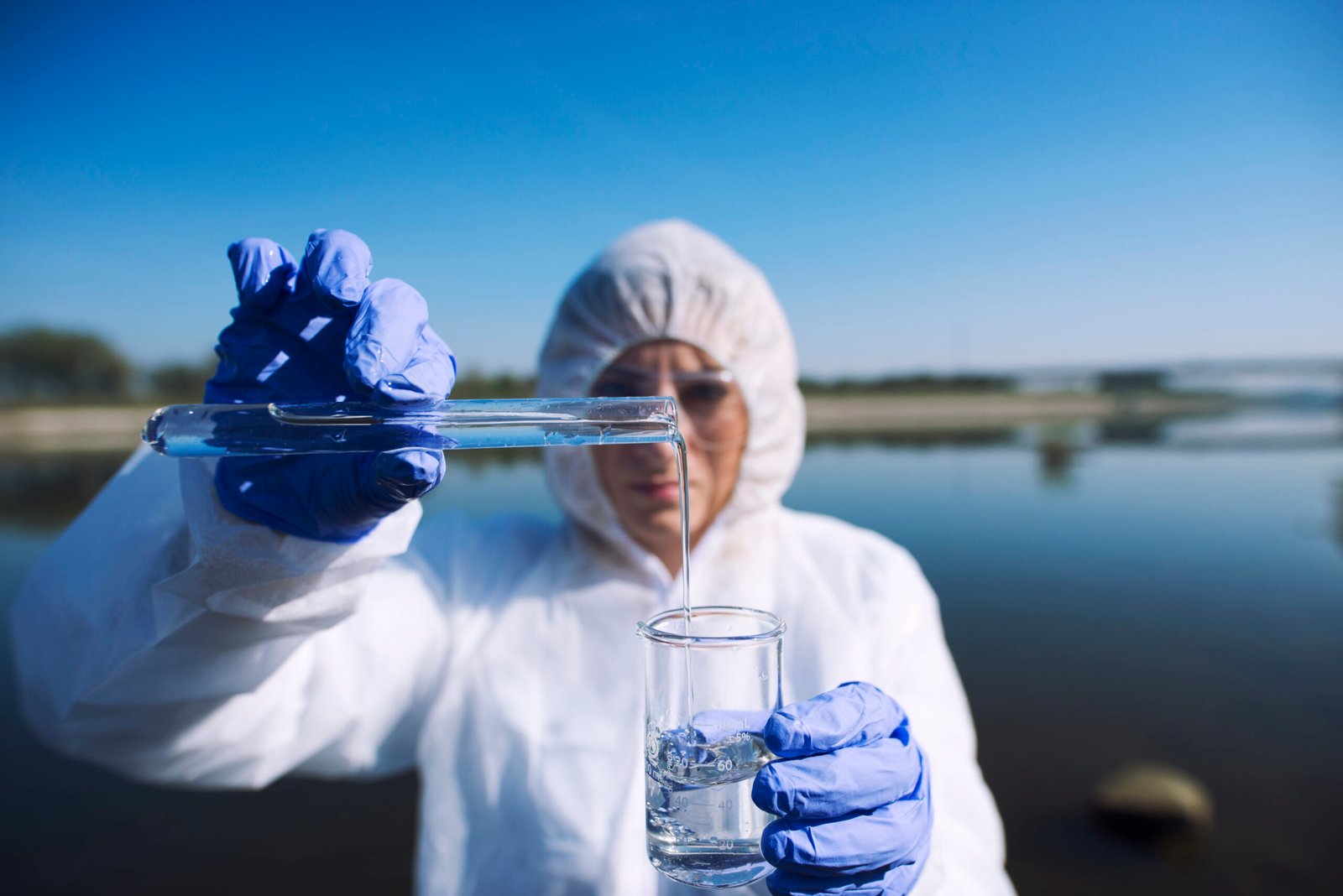Desalination vs. Reverse Osmosis in Kuwait A Cost‑Benefit & Carbon Footprint Analysis
Living in Kuwait means dealing with water challenges daily. Most of us don’t think twice about turning on the tap, but behind that simple action lies a complex debate: desalination vs reverse osmosis. I’ve spent years working with water treatment systems here, and frankly, both approaches have their place in our desert nation.
What’s Really Happening with Kuwait’s Water Supply
Walk past any of Kuwait’s massive desalination plants, and you’ll see why we depend on these giants. They’re working around the clock, turning seawater into the water flowing through our homes. Meanwhile, more families are installing reverse osmosis water system units in their kitchens, tired of relying solely on municipal supply.
The thing about desalination vs reverse osmosis is that it’s not really a competition. Think of it like having both a supermarket and a corner shop – they serve different needs. Big desalination plants feed entire cities, while home systems give you control over what’s coming out of your faucet.
Money Matters: What Does Water Really Cost?
The Government’s Big Investment
Kuwait spends serious money on desalination – we’re talking billions of dinars. The Doha plants alone represent investments that make your head spin. But here’s the catch: they spread these costs across millions of people, making your monthly water bill surprisingly manageable.
I remember when the Doha East plant opened. The scale was mind-boggling – enough capacity to supply water to entire governorates. Yet most residents barely noticed a change in their utility bills.
Your Home Investment Calculator
Now, let’s talk about installing a reverse osmosis system for home use. I’ve helped dozens of families make this decision. You’re looking at anywhere from 150 to 800 KWD upfront, depending on what bells and whistles you want.
My neighbor installed the best reverse osmosis system he could find two years ago. Cost him 650 KWD, but he’s already saved more than that by ditching bottled water deliveries. His kids were going through cases of water bottles weekly – now they fill up their bottles from the kitchen tap.
Premium Drinking Water Purifier Systems aren’t just about saving money though. They’re about peace of mind. When summer hits and municipal systems get stressed, you’ve got backup.
Environmental Reality Check
The Big Picture Problem
Kuwait’s carbon footprint from desalination is honestly pretty scary. These plants gulp down electricity like there’s no tomorrow. We’re burning fossil fuels to turn seawater into drinking water – it’s necessary, but it’s not pretty environmentally speaking.
Every cubic meter of desalinated water costs us between 10-15 kilograms of CO2 emissions. Multiply that by millions of liters daily, and you start understanding why environmental groups keep pushing for alternatives.
Home Systems: Smaller Footprint, Different Problems
Your home reverse osmosis water system won’t single-handedly save the planet, but it does have a much smaller carbon footprint per liter. The downside? These systems waste water – typically three liters down the drain for every liter of clean water produced.
Still, when you factor in eliminating plastic bottle deliveries, most families actually reduce their overall environmental impact. My colleague calculated that her family’s switch to home filtration eliminated roughly 2,000 plastic bottles annually.
Performance: What Actually Works Better?
Industrial-Scale Results
Kuwait’s desalination plants are impressive performers. They remove everything – salt, bacteria, chemicals, you name it. The multi-stage flash process essentially vaporizes seawater and condenses pure water. Hard to argue with that level of purification.
Kitchen-Counter Competition
Modern home systems surprise people with their effectiveness. The best reverse osmosis system models remove 95-99% of contaminants. That includes heavy metals, chlorine, and microscopic nasties that might slip through municipal treatment.
Best Water Filter Services in Kuwait technicians tell me they’re amazed at how sophisticated home units have become. UV sterilization, remineralization, smart monitoring – features that were laboratory-grade five years ago are now standard in residential systems.
Practical Considerations Nobody Talks About
Here’s what doesn’t make it into marketing brochures: reliability during sandstorms. Kuwait’s environment is tough on equipment. Municipal plants have backup systems and full-time maintenance crews. Your home system? That’s on you.
Best Water Filtration & RO Systems in Kuwait providers offer maintenance contracts, but you’re still responsible for remembering filter changes. I’ve seen expensive systems fail because families forgot basic maintenance.
The desalination vs reverse osmosis debate often ignores convenience factors. Municipal water flows 24/7 (usually). Home systems need electricity, working parts, and regular attention.
Real-World Economics
Government Subsidies vs. Personal Control
Kuwait subsidizes municipal water heavily. Your actual consumption costs are artificially low thanks to government support. That makes the financial case for home systems less obvious than in other countries.
However, many families value independence. During the 2019 pipeline maintenance shutdowns, homes with reverse osmosis system for home installations barely noticed the disruption.
Long-Term Financial Planning
Families with high water consumption see faster payback periods. If you’re buying more than 40 bottles weekly or having water delivered regularly, a home system pays for itself within two years typically.
Looking Forward: What’s Next?
Kuwait’s water strategy isn’t choosing between desalination vs reverse osmosis – it’s optimizing both. New desalination plants are more energy-efficient, while home systems are becoming smarter and more water-conservative.Solar-powered desalination pilots show promise for reducing our carbon footprint. Meanwhile, next-generation home systems waste less water and require less maintenance.
Frequently Asked Questions




